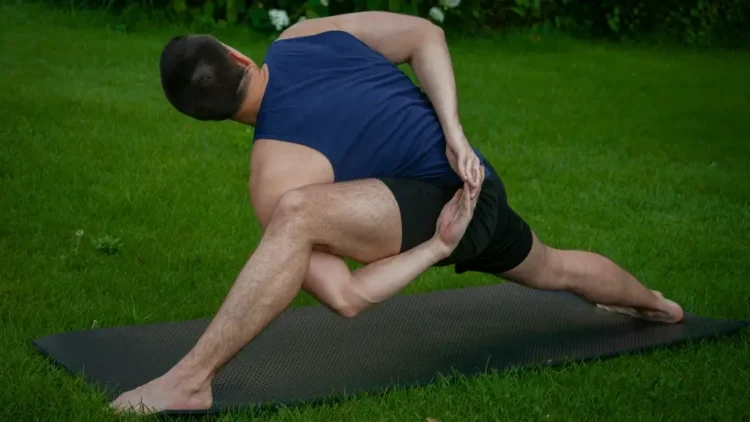Understanding Muscle Soreness
One of the most common experiences after a good workout is muscle soreness. Known scientifically as delayed onset muscle soreness (DOMS), this discomfort usually starts within 12 to 24 hours post-exercise and can last up to 72 hours. It is a natural response to strenuous activity, particularly if you are trying a new type of exercise or increasing the intensity of your routine. While it is part of the body’s adaptation process, allowing muscles to heal and grow stronger, the soreness can be uncomfortable and may hinder daily activities.
Stay Hydrated
Proper hydration is crucial for muscle recovery. Water helps to transport nutrients throughout the body and flush out toxins, which can reduce muscle soreness. Make a conscious effort to drink water before, during, and after your workout. You might also consider drinks with electrolytes if your exercise was particularly intense, as these can help replenish essential minerals lost through sweat.
Prioritize Warm-Ups and Cool-Downs
Warming up before engaging in any workout prepares your muscles for the stress to come. A good warm-up increases blood flow, enhances flexibility, and can dramatically reduce the likelihood and severity of soreness. Similarly, cooling down helps return your heart rate to its resting state and aids in the removal of lactic acid buildup in your muscles. Consider engaging in light cardio followed by stretching as part of your warm-up and cool-down routines.
Incorporate Stretching
Regular stretching post-workout is vital for muscle recovery and reducing stiffness. Static stretching, where you hold a stretch for 20-30 seconds, can be highly effective. Focus on gently stretching the major muscle groups you engaged during your workout. Not only does this enhance flexibility, but it also helps in relaxing tense muscles and improving circulation, promoting faster recovery.
Use Foam Rollers or Massage
Self-myofascial release techniques, such as foam rolling, can greatly alleviate soreness. Foam rollers help relax the muscles, enhance blood flow, and speed up the recovery process. If you have access to a masseuse, consider getting a professional massage for a more thorough treatment. Regular use of these methods can break up scar tissue and improve muscle elasticity.
Consider Compression Gear
Wearing compression garments post-exercise can reduce swelling and muscle soreness. These tight-fitting clothes help in increasing blood circulation, reducing inflammation, and accelerating muscle recovery. Many athletes wear compression sleeves or leggings as a preventive measure to impair severe muscle soreness.
Active Recovery
Rest doesn’t necessarily mean complete inactivity. Participating in low-intensity activities such as walking, cycling, or swimming can aid in muscle recovery by enhancing blood circulation, which brings nutrients to the muscles and helps flush out waste products. Aim for 20-30 minutes of light activity on your rest days for optimal recovery benefits.
Maintain a Balanced Diet
Your diet plays a crucial role in muscle recovery. Proteins are essential for muscle repair, so consider eating protein-rich foods like lean meats, eggs, or tofu post-exercise. Consuming carbohydrates can help restore your energy levels. Additionally, antioxidants found in fruits and vegetables can reduce inflammation and further support the recovery process.
Get Adequate Sleep
Quality sleep is perhaps the best natural remedy for muscle soreness. During sleep, the body repairs itself and produces growth hormones that aid muscle recovery. Aim for 7-9 hours of sleep per night to ensure your body has ample time for recovery. Establishing a consistent sleep schedule can further enhance your recovery process.












Discussion about this post